Transistors
Transistors enable amplification and switching in electronics, crucial for devices. They evolve with tech, boosting efficiency and integration in modern PCBs.
Transistors are among the base elements in modern electronics, and their presence is vital for everything, from consumer gadgets to complex industrial systems, to function and be effective. These small but powerful devices have two major functions: amplification of signals and switching of circuits, allowing a wide range of electronic technologies to operate in a very sophisticated way. This article will explain the construction, types, applications, and integration of transistors within printed circuit boards or PCBs and show the importance of transistors in modern electronic design.
Transistors are semiconductor devices used to control the flow of current and to amplify electronic signals. Generally speaking, based on their operating principles and characteristics, transistors are mainly divided into two major kinds: bipolar junction transistors and field-effect transistors, each serving different uses.
Bipolar Junction Transistors (BJTs)
BJTs are available in both NPN and PNP types, depending on the arrangement and polarity of the semiconductor layers. They comprise three terminals: emitter, base, and collector.
NPN Transistors: The current flows from the collector to the emitter, with the base acting as a controlling device for the flow of current. These are used more in electronic circuits because electrons have better mobility.
PNP Transistors: Current flows from the emitter to the collector, in the opposite direction to the current flow in NPN transistors.
In the BJT, a small current at the base has control over a larger current between the collector and emitter; therefore, both amplification and switching functions are possible, essential to a range of signal processing applications.
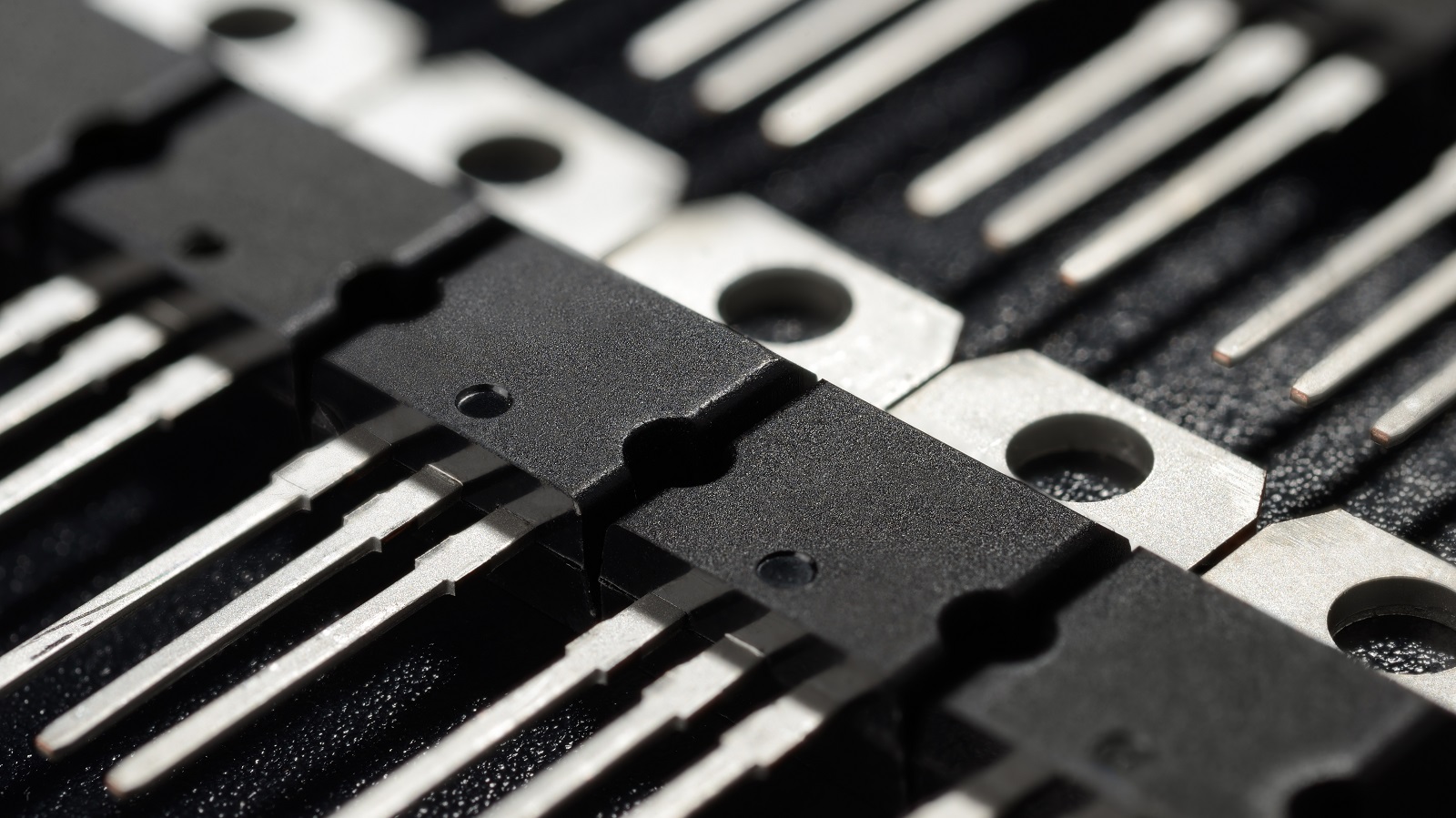
Field-Effect Transistors (FETs)
FETs consist of the source and drain terminals with an added control terminal called the gate. They possess high input impedance and hence are quite suitable in sensitive applications.
MOSFETs: Metal-Oxide-Semiconductor FETs have broad applications in both analog and digital due to their high efficiency, especially in switching and amplification.
JFETs: Junction FETs are used in many low-noise amplification circuits due to operating stability and predictable control characteristics.
FETs are voltage-driven devices unlike the current-driven BJTs, which make them suitable for power-sensitive applications where energy efficiency is crucial.
Construction and Materials
Transistors consist of semiconductor material-silicon or germanium-that has usually undergone a process known as doping. The process introduces impurities creating n-type-negative or p-type regions that are needed for the control of electron flow through the device.
Encapsulation: Smaller-power transistors are encapsulated in resin; larger-power ones usually have a metal package to allow heat dissipation, which is a very important parameter for long life and reliability.
Heat Dissipation: High-power transistors are normally mounted with heat sinks for efficient heat dissipation to avoid damage by heat generated in the component and to maintain optimum performance.
Transistors in PCBs
In the world of PCBs, transistors are quite indispensable; they form the basis of integrated circuits. The integrated circuits, which have hundreds of these transistors, form the basis of microprocessors, memory chips, and other digital devices that make modern electronic technology work.
Integration into PCB Design
In the process of incorporating transistors into a PCB design, much consideration should be paid to power, heat dissipation, and overall circuit performance. The selection of transistors has to be made according to exact specifications on the datasheet so that each of them will fall within the required voltage and current rating, which plays an important role in making the product reliable and efficient.
Applications of Transistors
Versatility in function makes transistors an essential part of a great number of applications:
Switching Applications: Transistors act as switches in digital circuits, performing binary operations fundamental to modern computing and data processing.
Amplification: Transistors are used in audio and communication systems to amplify weak signals in order to enhance sound quality and clarity of signal.
Power Management: In power supplies and converters, transistors regulate the flow of electrical energy, facilitating energy efficiency necessary for renewable energy systems and electric vehicles.
Signal Processing: Transistors in telecommunication systems play an important role in modulation and demodulation to realize proper signal transmission.
The Future of Transistor Technology
Transistor technologies keep evolving as demand keeps on increasing for smaller, quicker, and more effectively operational electronic gadgets. Their continuous development has been driven by innovations such as leading and developing company process node FinFETs, and those emerging from nanotechnology. These further guarantee high density of integration, greatly improved power efficiency, and better overall performance that, without a doubt, adds to the role a transistor will play in future technological innovations.
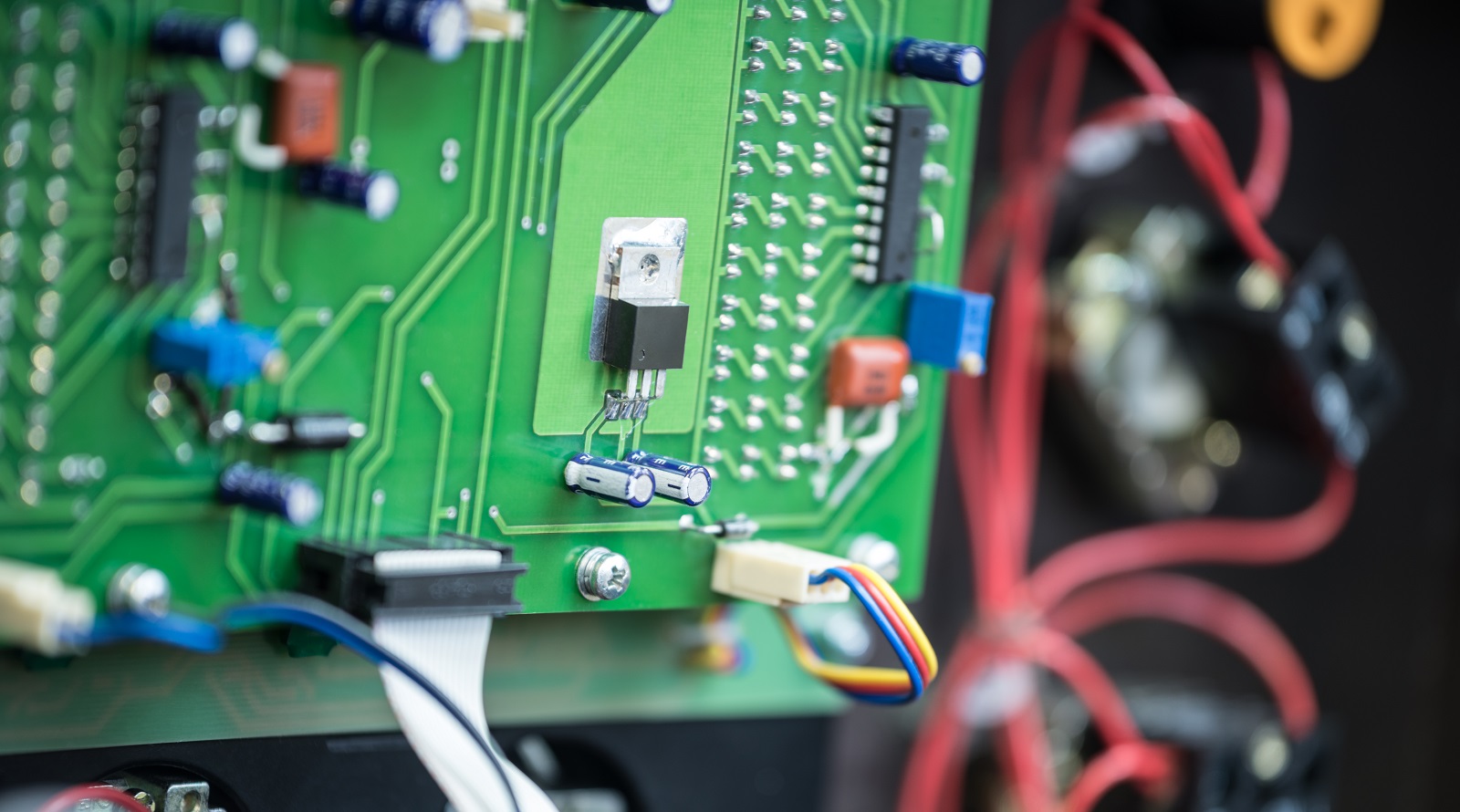
Admittedly, transistors are the building blocks of an electronic revolution because they realize improvements in the largest amount of fields possible. Due to their capability to amplify and switch electronic signals, transistors have drastically changed the way electronics develop and find applications-from simple consumer electronics to industrial products. Much more efficient and sophisticated electronic devices promise great prospects with further advances in transistor technology and thus secure positions at the front lines of technological development.
Hot Tags:
Contact us

If you can't find what you're looking for, please contact us.
Article
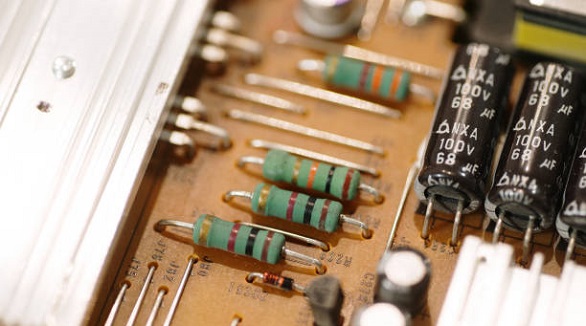
Diodes control current flow in circuits. Regular testing using tools like multimeters ensures performance, reliability, and protection of electronic components.
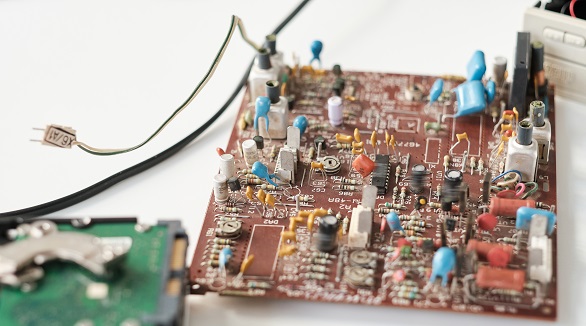
Capacitors are crucial in circuits for storing energy. Testing methods include in-circuit and out-of-circuit using digital multimeters, ESR, and LCR meters. Proper testing ensures reliability and prevents malfunctions.
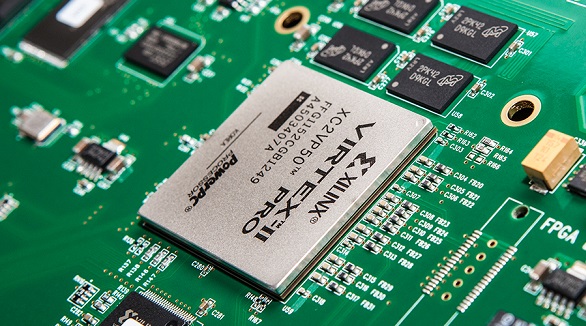
Ball Grid Array (BGA) components, such as PBGA, CBGA, CCGA, TBGA, and CSP, provide high I/O density, improved reliability, and high-quality electrical and thermal performance. Quality assembly and functionality are assured since advanced soldering and inspection methods are required, like AXI and AOI. Proper storage and handling shall guarantee the performance of the devices.
